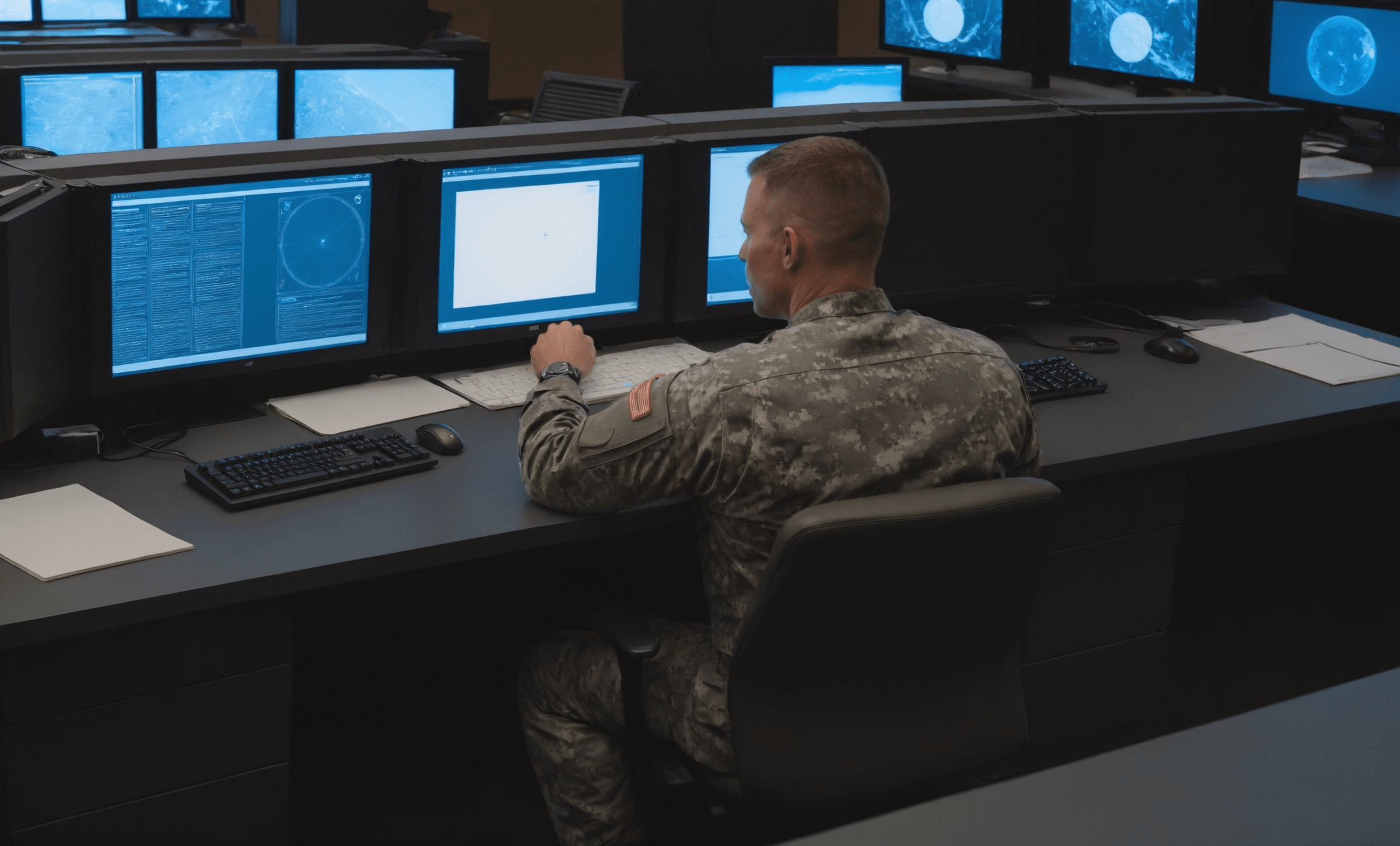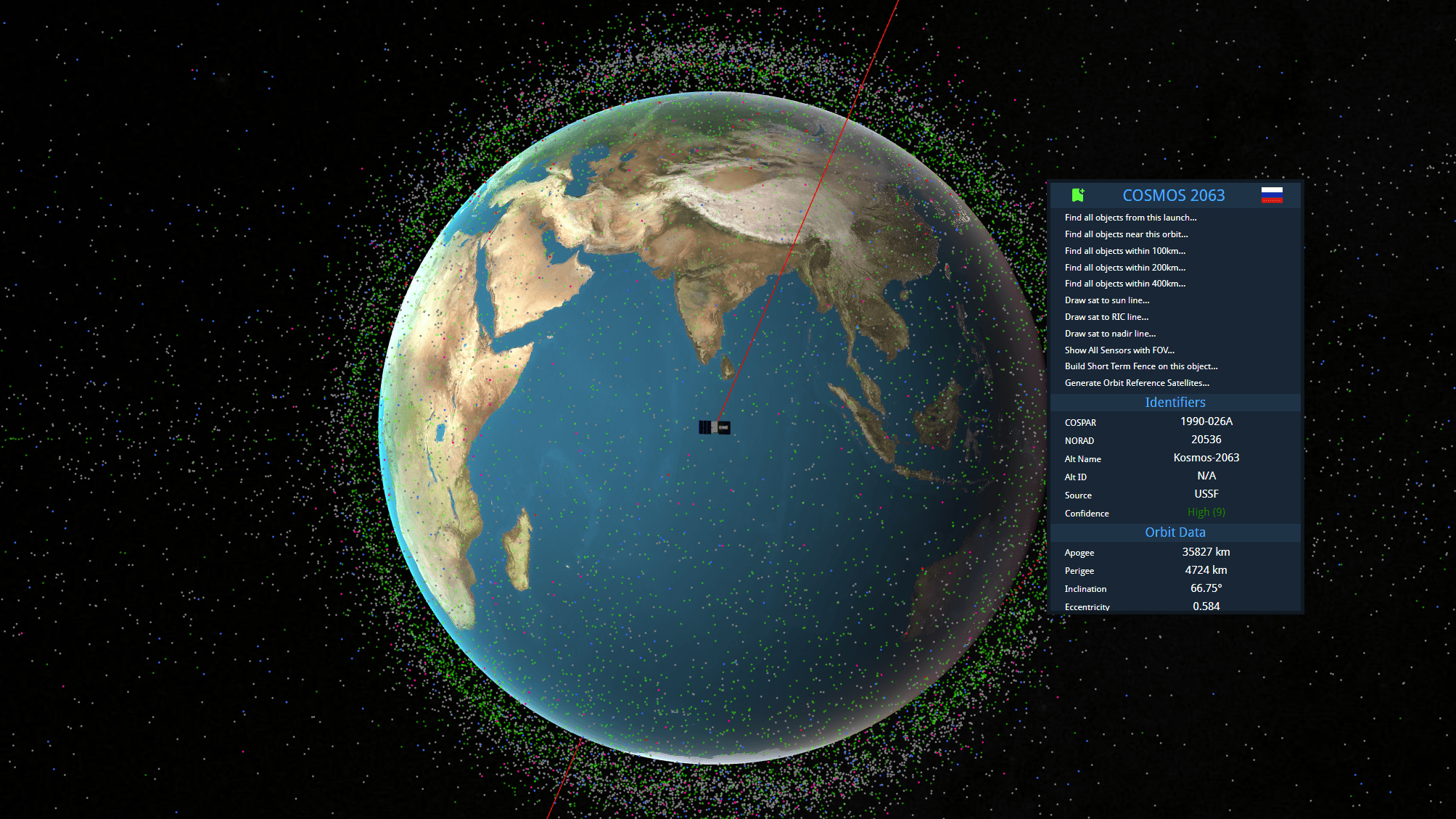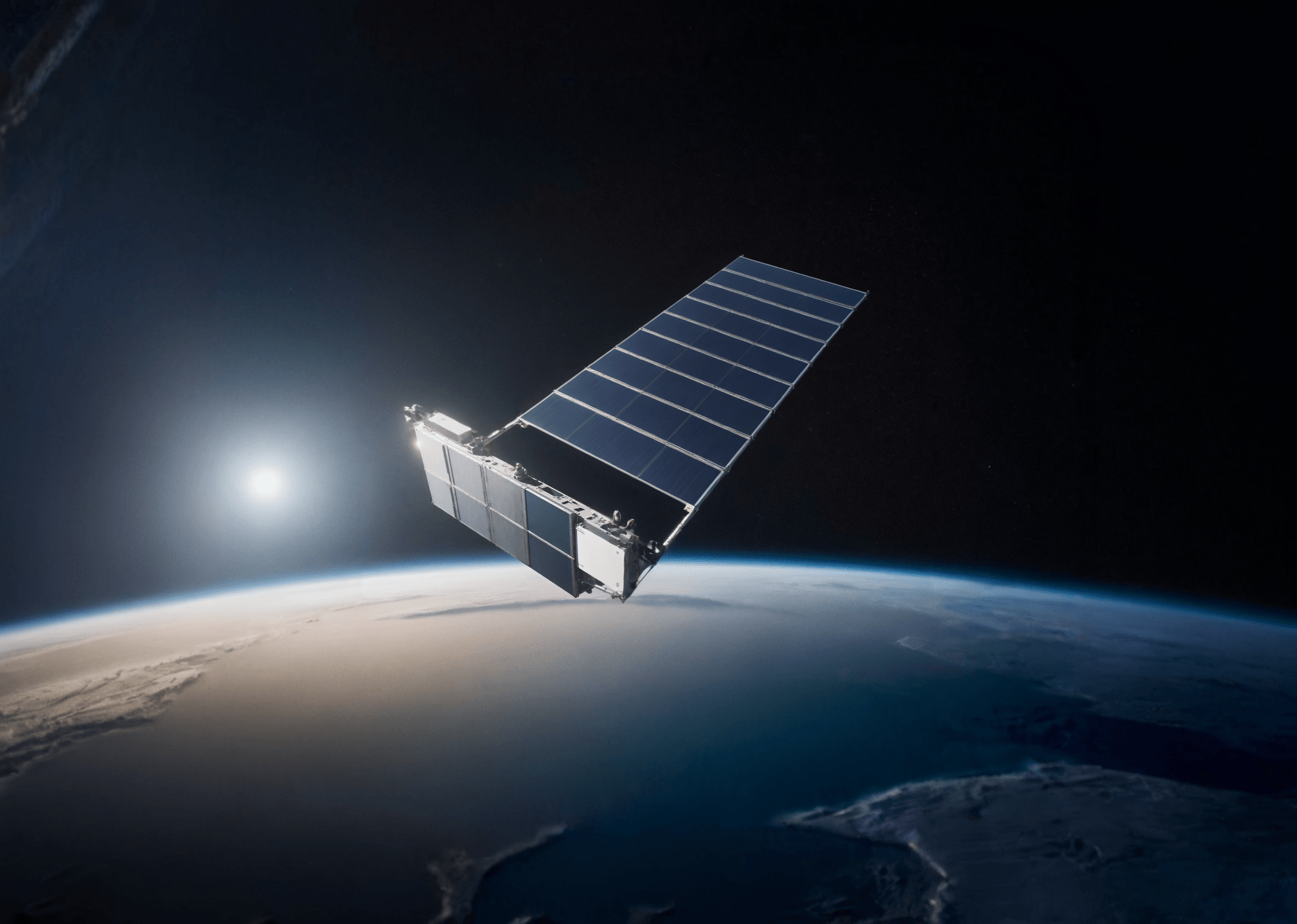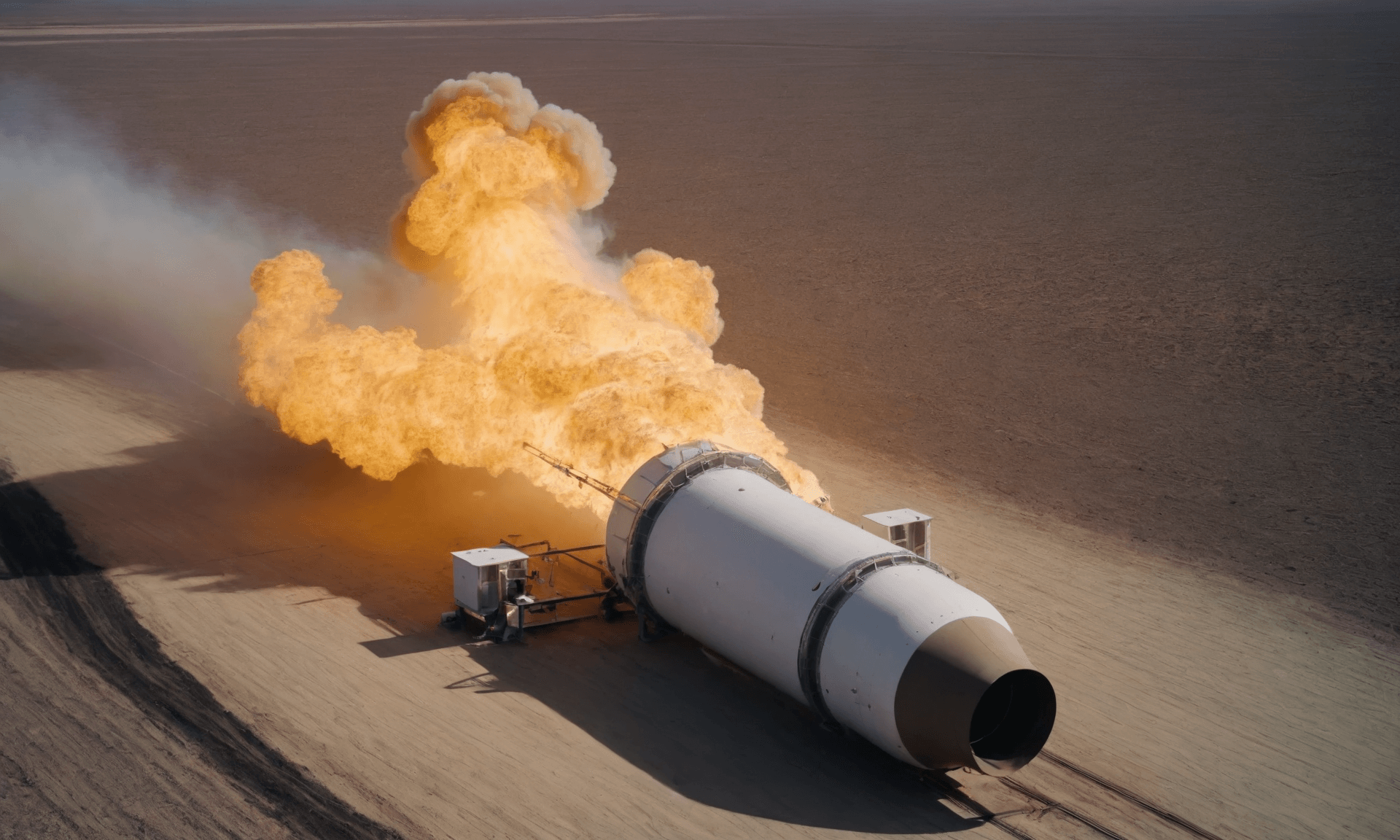· space brief · 5 min read
Space Brief 21 Aug 2024
Recent Starlink launches, autonomous navigation for satellite swarms, major funding for asteroid mining, and insights into NASA's various projects and developments.

SpaceX gears up for more Starlink launches, autonomous satellite navigation shows promise, AstroForge secures major funding, and NASA announces new open-source science grants and leadership changes.
SpaceX Launches Another Starlink Batch Using New Falcon 9 First Stage
SpaceX successfully launched 22 Starlink satellites from Cape Canaveral Space Force Station in Florida at 9:20 AM EDT. This marked the 57th Starlink launch of 2024 and the 59th Florida launch this year. The mission used a new Falcon 9 first stage booster (B1085), which landed on the drone ship “A Shortfall of Gravitas” about eight minutes after liftoff, marking the 341st booster landing overall.
This booster, slated for the upcoming Crew-9 mission in September, underwent additional preparations due to moisture issues during transport from Texas to Florida. Despite these challenges, the launch proceeded successfully, contributing to SpaceX’s ongoing efforts to expand its global satellite internet service. The mission also highlights SpaceX’s commitment to reusability and efficient space operations.
Read the full story: Teslarati
FCC Approves Starlink First Generation Upgrade Plan
The Federal Communications Commission (FCC) has approved SpaceX’s plan to upgrade its first-generation Starlink satellites. The new spacecraft will be larger and equipped with enhanced broadband capacity. This move will enable SpaceX to extend its satellite internet service to more customers and improve performance in congested areas.
The approval allows for a gradual replacement of the old satellites, ensuring a seamless transition and minimizing service disruptions. This development is significant as it addresses growing demands for satellite internet, especially in remote and rural areas, where traditional infrastructure is lacking.
Read the full story: Space News
Navigating by Sight: Starling Formation-Flying Optical Experiment
NASA’s Starling Formation-Flying Optical Experiment (StarFOX) has demonstrated the potential of autonomous navigation for satellite swarms. The four cubesats involved in this experiment use their onboard cameras to calculate their orbits and maintain formation without human intervention. This advancement is a leap forward in satellite technology, offering more flexibility and reducing operational costs.
Autonomous navigation could revolutionize how satellite constellations operate, making them more efficient and responsive. This technology is particularly valuable for Earth observation, telecommunications, and scientific missions, where precise formation flying is critical.
Read the full story: Space News
AstroForge Raises $40 Million for Asteroid Mining Ventures
AstroForge, a pioneering asteroid mining startup, has secured $40 million in funding. The company aims to expedite its next mission, slated for launch soon. This funding will support the development of technology to extract valuable minerals from asteroids, potentially transforming the space economy.
AstroForge’s goal is to mine resources like platinum and gold, which are abundant in some asteroids. The company believes this could address the world’s resource scarcity and open up new possibilities for space exploration and colonization.
Read the full story: Space News
NASA Awards 15 Grants to Support Open-Source Science
NASA has awarded $1.4 million in grants to 15 teams working on projects aimed at increasing the accessibility, inclusivity, or reproducibility of scientific research. These High Priority Open-Source Science (HPOSS) awards support the development of tools, software, frameworks, data formats, and libraries.
The funded projects will enhance the open sharing of scientific information, fostering collaboration and innovation across the scientific community. This initiative is part of NASA’s ongoing efforts to democratize space science and make research more transparent and accessible.
Read the full story: NASA
NASA Marshall Names Roger Baird Associate Director
Roger Baird has been appointed as the new associate director of NASA’s Marshall Space Flight Center in Huntsville, Alabama. In this role, Baird will oversee the center’s business operations, mission support functions, and budget management. He will also provide strategic advice to advance the center’s objectives.
Baird’s leadership is expected to drive forward various initiatives at Marshall, which plays a crucial role in NASA’s exploration and science missions, including the Artemis program that aims to return humans to the Moon.
Read the full story: NASA
Tyler Parsotan Takes a Long Look at the Transient Universe with NASA’s Swift
Research astrophysicist Tyler Parsotan has made significant strides using NASA’s Swift observatory to study the transient universe. Parsotan’s work focuses on capturing and analyzing gamma-ray bursts and other fleeting cosmic events. His research helps improve our understanding of these phenomena and contributes to the broader field of astrophysics.
Parsotan’s journey to success highlights the value of perseverance and the transformative impact of dedicated research. His work with the Swift team continues to yield important discoveries, enhancing our knowledge of the dynamic universe.
Read the full story: NASA
Danish Instrument Helps NASA’s Juno Spacecraft See Radiation
Scientists on NASA’s Juno mission have developed the first complete 3D radiation map of Jupiter’s system, using a Danish instrument designed originally for navigation. By counting ‘fireflies’—bursts of radiation—they can determine the intensity of high-energy particles near Jupiter’s moons and rings.
This data is vital for understanding Jupiter’s harsh radiation environment, which poses significant challenges for future missions. The new map will aid in planning safer trajectories and developing better radiation shielding for spacecraft.
Read the full story: NASA
2025 Gateways to Blue Skies Competition
NASA Aeronautics has announced the 2025 Gateways to Blue Skies Competition, focusing on addressing challenges in the agriculture industry. The competition invites proposals for innovative aviation systems that can help modernize agricultural capabilities, improving efficiency and environmental impact.
Participants are encouraged to collaborate with commercial, industry, and government partners to develop solutions that can be integrated into current agricultural practices. This initiative underscores NASA’s commitment to leveraging space and aviation technologies to tackle Earthly challenges.
Read the full story: NASA
Tortoise Takes a Leisurely Stroll at Kennedy Space Center
A NASA photographer captured a gopher tortoise on a leisurely stroll along the beach road at Launch Pad 39B in Kennedy Space Center, Florida. The image highlights the diverse wildlife that inhabits the undeveloped areas of the space center, managed as part of the Merritt Island National Wildlife Refuge.
This serene scene is a reminder of the harmony between space exploration and environmental conservation at NASA facilities. The refuge provides critical habitat for various species, demonstrating NASA’s commitment to preserving natural ecosystems.
Read the full story: NASA




